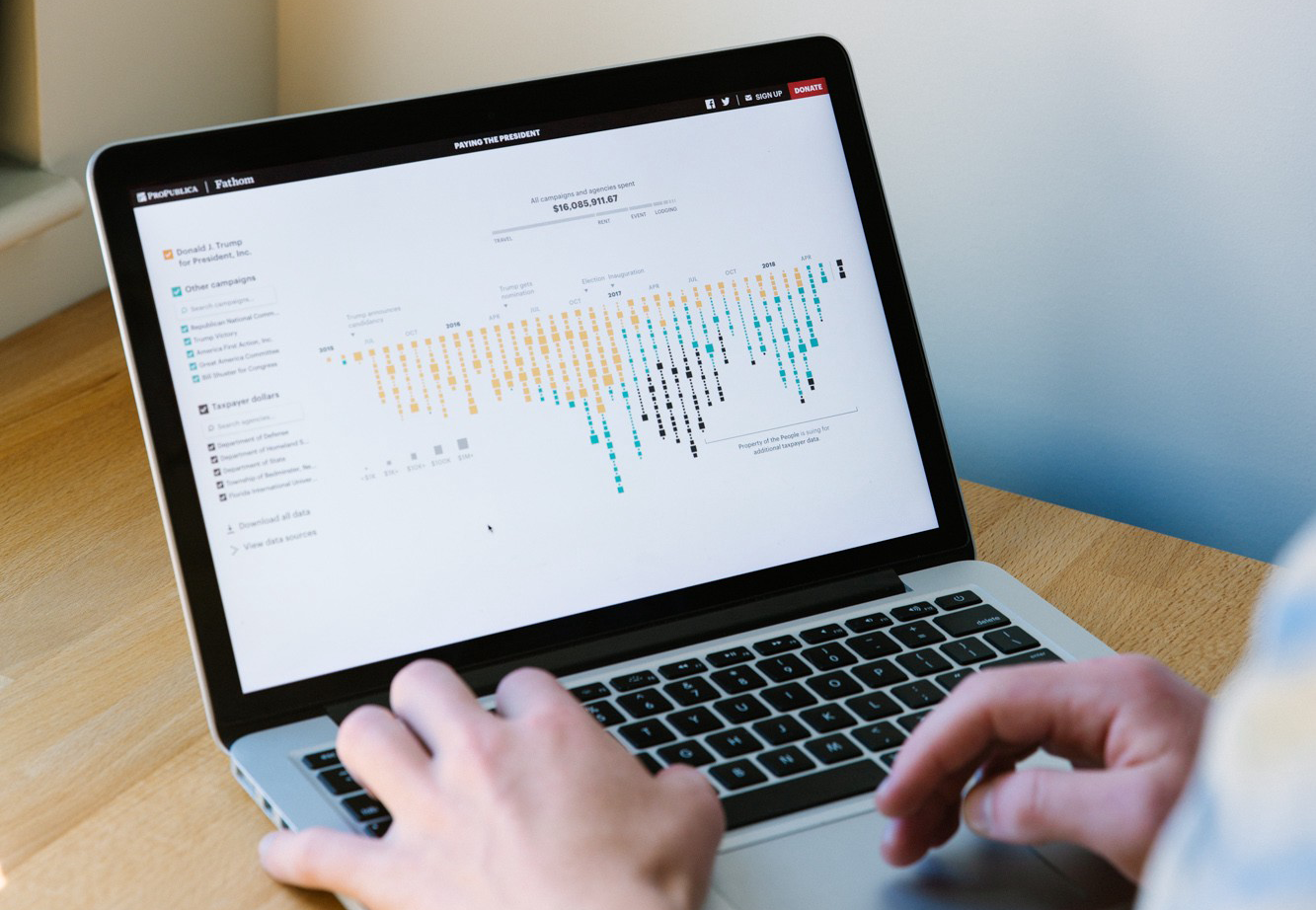

Spending at Trump Properties, a collaboration with ProPublica
Since Watergate, presidents have avoided conflicts of interest between personal profits and public responsibilities. That’s changed in the current administration where spending at Trump properties by political campaigns and government agencies is incredibly frequent. In fact, hardly a day goes by without campaign donations or taxpayer dollars spent at Trump hotels, golf clubs, and restaurants.
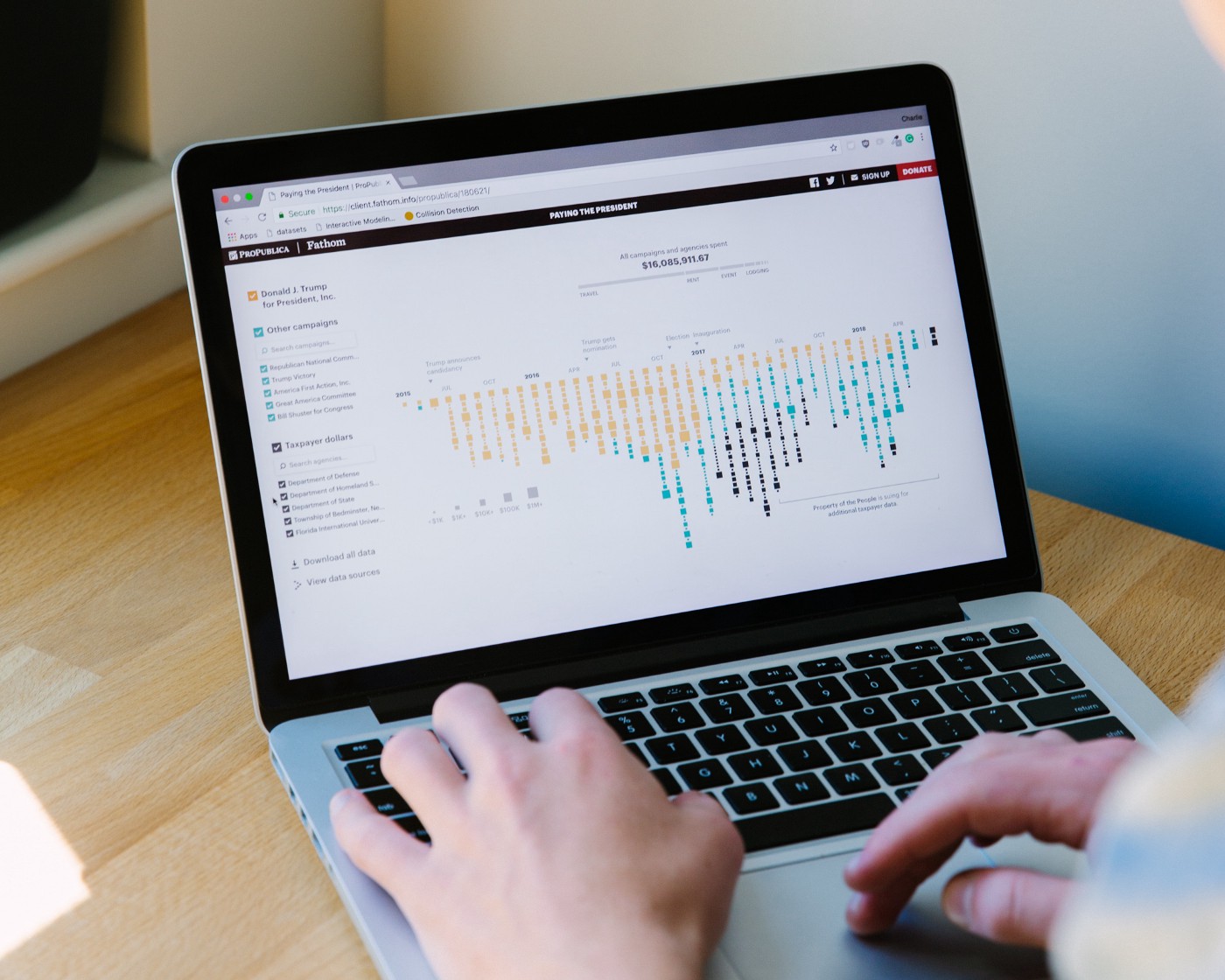
We partnered with ProPublica to build a visualization of the spending, collected from campaign finance reports and FOIA requests by Washington-based transparency group, Property of the People. Check out the tool, or read ProPublica’s story.
Visualizing a century of oral history
As part of our exploration into representing and navigating large document sets, we dove into the interview archive of the Computer History Museum. We extracted dates and entities mentioned in each of the 700 oral histories to create a personal timeline for every interview.
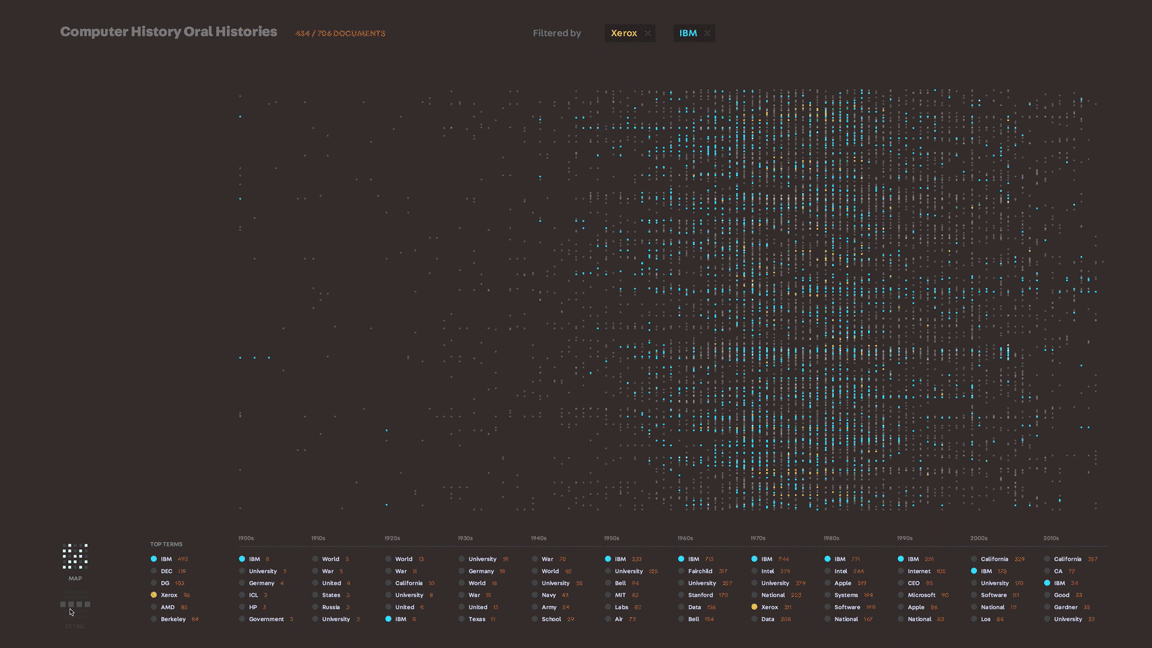
We used the data to design and build an interactive installation and poster that show an overview of the archive. The pieces depict the span and density of dates referenced, and highlight the entities most referenced in relation to each year. We wrote more about our process here.
Kicking off a new project with the Covert Lab at Stanford
Markus Covert’s Lab has synthesized decades of research, compiling data from almost 400 articles to create a model that incorporates tens of thousands of variables in a single cell. This computational “whole-cell” model allows researchers to run simulations of a single cell, providing huge possibilities for biological discovery and medical research.

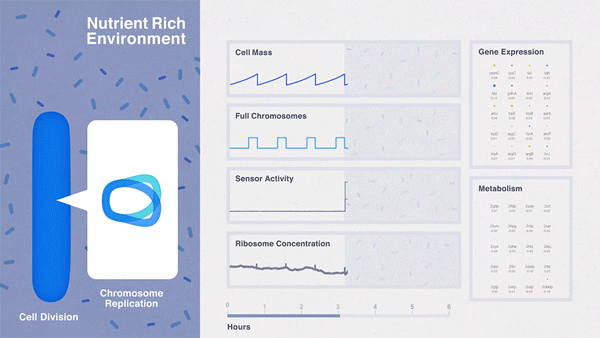
Our summer reading list
We dove into the history of man-made materials with Stuff Matters, and we’ve been brushing up on cell biology with Physiology of the Bacterial Cell and Cell Biology by the Numbers (those two were recommended by a friend—guess who). But when taking a break from numerical biology and the origins of stainless steel and the chemistry behind how it works, we’ve been absorbing Dafi Kühne’s True Print and Bráulio Amado’s beautiful poster book.
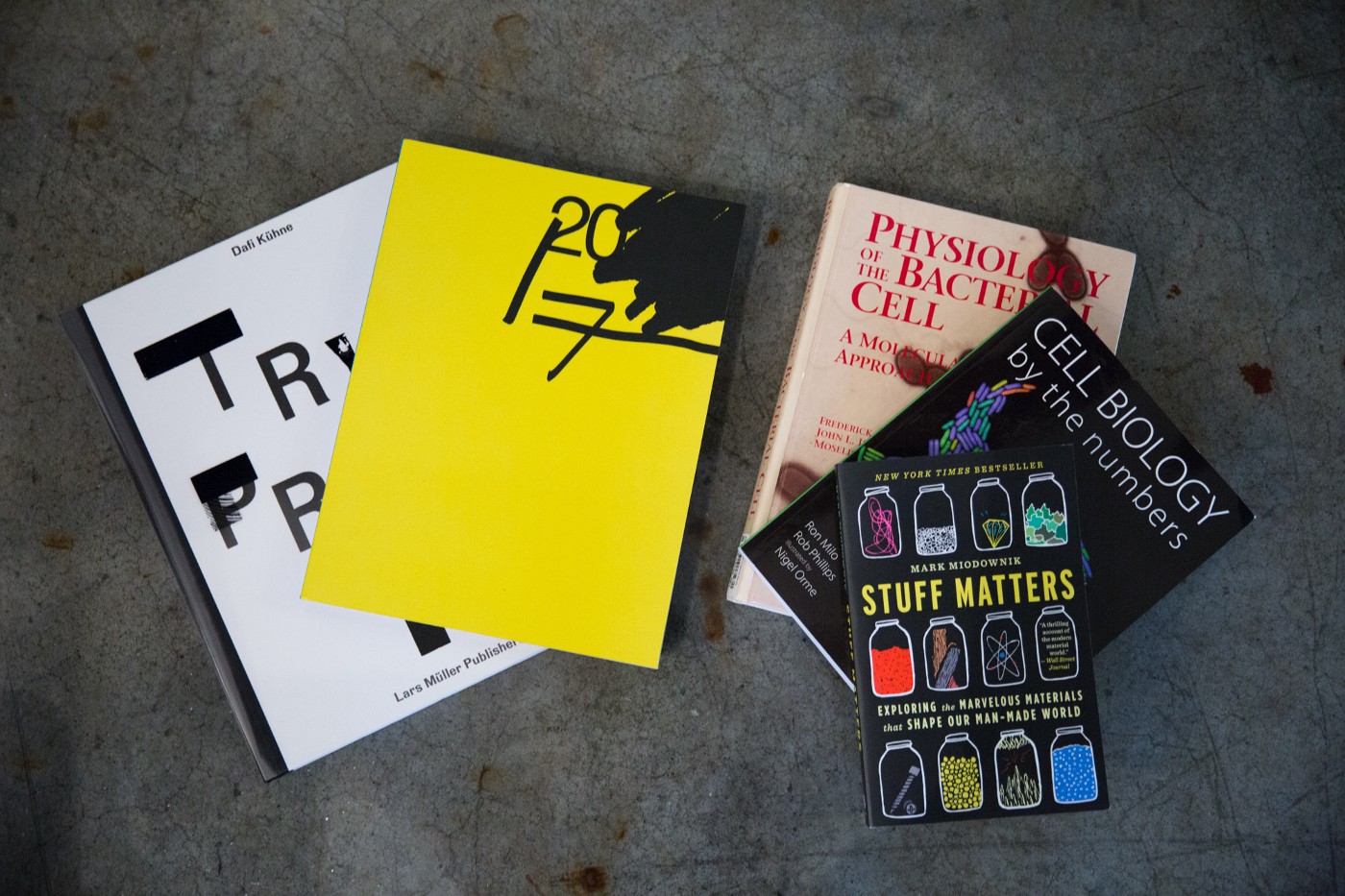
We’d love to hear what you’re working on, what you’re curious about, and what messy data problems we can help you solve. Drop us a line at hello@fathom.info, or you can subscribe to our newsletter for updates.